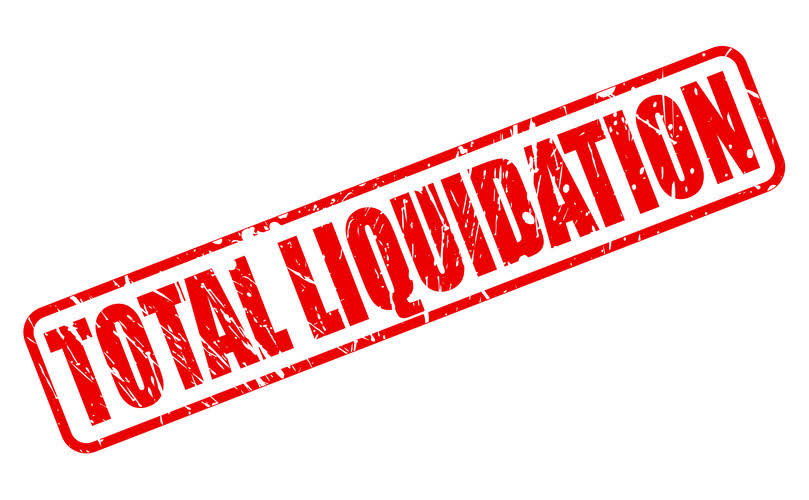Not a whole lot compared to other business models (which is probably why a lot of people choose to start these sorts of businesses!). Anytime you can make the future less uncertain, you’ll be more successful in your business. Our writing and editorial staff are a team of experts holding advanced financial designations and have written for most major financial media publications. Our work has been directly cited by organizations including Entrepreneur, Business Insider, Investopedia, Forbes, CNBC, and many others.
Problems with Predetermined Overhead Rates
Product costing can be extremely helpful in managerial decision-making, and its prime use is related to product costing and job order costing. So, it’s advisable to use different absorption bases for the costing in terms of accuracy. However, there is a strong need to constantly update the production level depending on the seasonal fluctuations and the factor affecting the demand of the product. Let’s say we want to calculate the overhead cost of a homemade candle eCommerce business. Then, they’ll need to estimate the amount of activity or work that will be performed in that same time period. For this example, we’ll say the marketing agency estimates that it will work 2,500 hours in the upcoming year.
Example 2: eCommerce Business
- The following exercise is designed to help students apply their knowledge of the predetermined overhead rate in a business scenario.
- The overhead rate is a cost allocated to the production of a product or service.
- Our writing and editorial staff are a team of experts holding advanced financial designations and have written for most major financial media publications.
- It’s called predetermined because both of the figures used in the process are budgeted.
- On the other hand, the machine hours were used to absorb overheads in a machine incentive environment.
However, the difference between the actual and estimated amounts of overhead must be reconciled at least at the end of each fiscal year. In simple terms, it’s a kind of allocation rate that is used for estimated predetermined overhead rate formula costs of manufacturing over a given period. It’s a good way to close your books quickly, since you don’t have to compile actual manufacturing overhead costs when you get to the end of the period.
Total Machine Hours
If the predetermined overhead rate is overapplied or underapplied, the potential product demand may be miscalculated as well. Until now, you have learned to apply overhead to production based on a predetermined overhead rate typically using an activity base. An activity base is considered to be a primary driver of overhead costs, and https://www.bookstime.com/ traditionally, direct labor hours or machine hours were used for it. For example, a production facility that is fairly labor intensive would likely determine that the more labor hours worked, the higher the overhead will be. As a result, management would likely view labor hours as the activity base when applying overhead costs.

By separating manufacturing overhead from other types of overhead costs, it’s possible for the business to conduct a more thorough examination of its profitability. In many ways, administrative overhead costs cannot be adjusted without significant changes to the business’ infrastructure (i.e. reducing your workforce). Manufacturing overhead, however, might be adjustable if a more thorough understanding of the costs is measured against the direct labor and material costs. The equation for the overhead rate is overhead (or indirect) costs divided by direct costs or whatever you’re measuring. Direct costs typically are direct labor, direct machine costs, or direct material costs—all expressed in dollar amounts.
- One of the most common examples is rent, which remains static no matter how many goods are produced.
- So, the cost of a product in one period may not reflect the cost in another period—for instance, the cost of freezing fish increases in the summer and lowers in the winter.
- In addition, changes in prices and industry trends can make historical data an unreliable predictor of future overhead costs.
- Examples can include labor hours incurred, labor costs paid, amounts of materials used in production, units produced, or any other activity that has a cause-and-effect relationship with incurred costs.
- To ensure that the company is profitable, an additional cost is added and the price is modified as necessary.
- Rent, salaries and depreciation are examples of overhead costs that remain the same from month to month.

What are some examples of overhead costs?
What expenses are not considered overhead costs?
- Once you’ve identified and calculated your total indirect expenses, it’s time to choose an overhead allocation method so you can properly contextualize the results and make the right strategic decisions.
- For example, let’s say the marketing agency quotes a client $1,000 for a project that will take 10 hours of work.
- For instance, kitchen expenses first need to be allocated to the procurement department (a support department).
- Based on the manufacturing process, it is also easy to determine the direct labor cost.
- It’s a simple step where budgeted/estimated cost is divided with the level of activity calculated in the third stage.
- For example, Figure 4.18 shows the monthly costs, the annual actual cost, and the estimated overhead for Dinosaur Vinyl for the year.